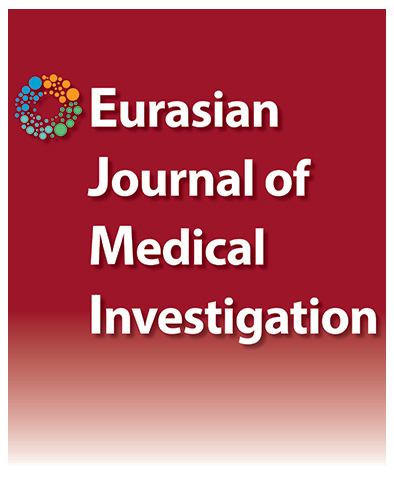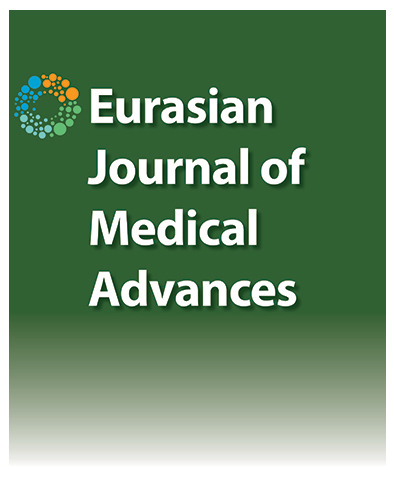Retrospective Evaluation of Patients with Toxic Liver Disease and Fungal Intoxication: A University Hospital Experience
Muzaffer Uğraklı1, Ali Demir21Department of Medical Oncology, Necmettin Erbakan University Faculty of Medicine, Akyokuş, Konya, Türkiye2Department of Gastroenterology, Necmettin Erbakan University Faculty of Medicine, Akyokuş, Konya, Türkiye
Objectives: The liver has an important place in toxin and drug metabolism. However, the diagnosis of liver damage due to chemicals, fungi, herbal toxins and drugs can rarely be detected. In our study, it was aimed to retrospectively evaluate the laboratory values, liver biopsy, treatment, mortality and morbidity rates of patients diagnosed with mushroom poisoning or toxic liver disease.
Methods: The data of 303 patients diagnosed with fungal intoxication or toxic liver disease, who admitted to Departments of Internal Diseases and Gastroenterology of Necmettin Erbakan University Faculty of Medicine between 2006 and 2016, were evaluated retrospectively by using the hospital automation system. The treatments applied to the patients, pathology results, laboratory results and mortality rates were analyzed.
Results: Of the patients; 52.5% (n=159) were female and 47.5% (n=144) were male. The average age of the patients was 50.9±19.7 years. Drugs were the most common cause of toxic hepatitis cases (48.8%), other causes were followed by fungi, herbal medicines, unknown cases and narcotic toxins (20.8%, 18.8%, 8.6%, 3.0% respectively).Drugs causing toxic hepatitis were most commonly NSAIDs (31.1%), followed by antibiotics, antiepileptics, antituberculosis drugs and paracetamol (21.6%, 6.8%, 6.8%, 6,1%, respectively). In histopathological examination, 92.9% of the cases had liver necrosis, 60.7% eosinophilia, 67.9% hydropic liver degeneration, and 28.6% bile obstruction. In addition to supportive treatments during the therapeutic process, plasmapheresis was applied in 13.2% of the patients and hemodialysis was applied in 13.2%, while liver transplantation was performed in 2.3% of the patients due to a fulminant course. While 20 patients died for various reasons, the overall mortality rate was calculated as 6.3%. The mean age of the deceased patients was 66.5±16.8 years and the mean age of the survivors was 49.9±19.5 years, and that of deceased patients was statistically significantly higher (p<0.001). The mortality rate was 9.0% in men and 3.8% in women, with no statistically significant difference (p=0.060). Histopathological findings were not associated with mortality. The mortality rate in toxic hepatitis was caused by mushroom, narcotics, drugs, herbs and unknown causes (12.7%, 11.1%, 4.7%, 3.5% and 3.8%, respectively).
Conclusion: Toxic hepatitis is a common health problem that can result in serious morbidity and mortality. In this thesis study, various drugs, mushroom poisoning and use of herbal medicines were determined as the causes in most of the toxic hepatitis cases diagnosed in our hospital. Based on these findings, we believe that in order to prevent toxic hepatitis cases in our country, it would be beneficial to take measures to prevent unnecessary use of drugs and herbal products, to regulate the marketing and usage conditions of herbal products and to carry out studies to inform the public about this issue.
Manuscript Language: English






